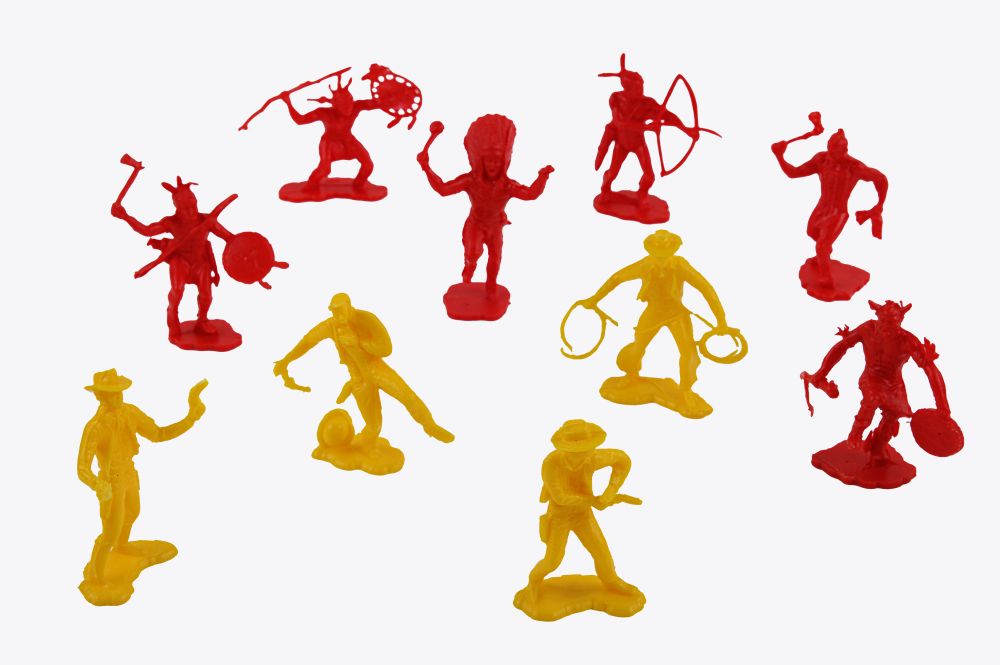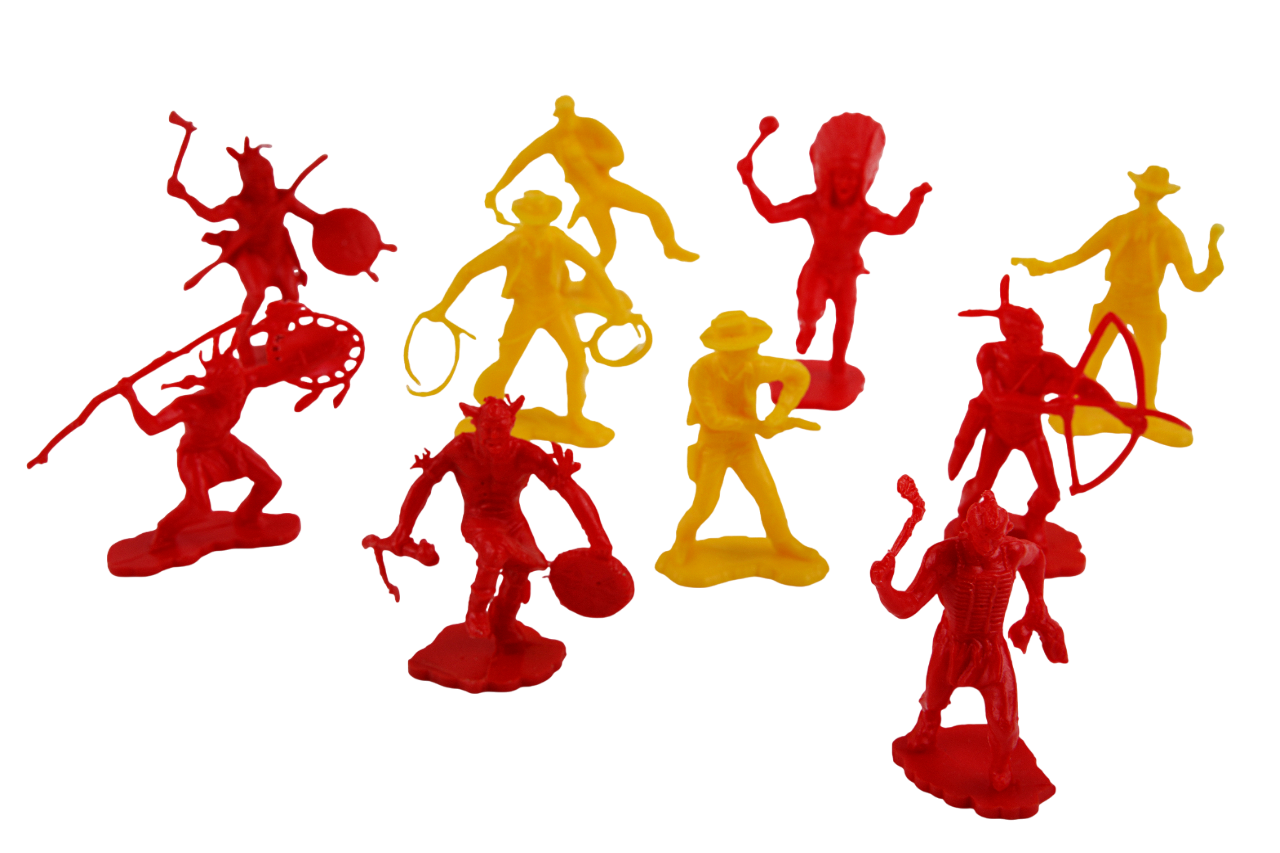The toy factory that shaped childhood in socialist Slovenia was named after its very first product – the Mehanotehnika construction set, a near copy of the famous British Meccano kits. But the road to becoming a true toy factory was anything but simple. In its early years, the company produced various semi-finished goods for other Slovenian factories before it could fully devote itself to its real mission.

The turning point came on February 25, 1966, when the company officially renamed itself the Factory of Toys, Metal and Plastic Products. It etched itself into collective memory with the legendary Elektro Pionir toy, and even more so with the development of didactic playthings such as the Bimo building blocks, the toy telephone, and the children’s cash register.
In the mid-20th century, the toy industry underwent a major shift: plastic replaced metal and became the dominant material. It was at this time that the famous cowboys and Indians figurines flooded the market, enjoying enormous popularity throughout the 1960s and 70s. Children used them to stage battles, build camps, and recreate scenes from the movies that packed the cinemas.

Growing up then almost inevitably meant knowing John Wayne – the quintessential American cowboy hero – or watching the saga of Winnetou, the legendary Apache chief brought to life in Europe by German writer Karl May. Together with the toys, these films created an imaginative world that today lives on as nostalgia for an entire generation.
